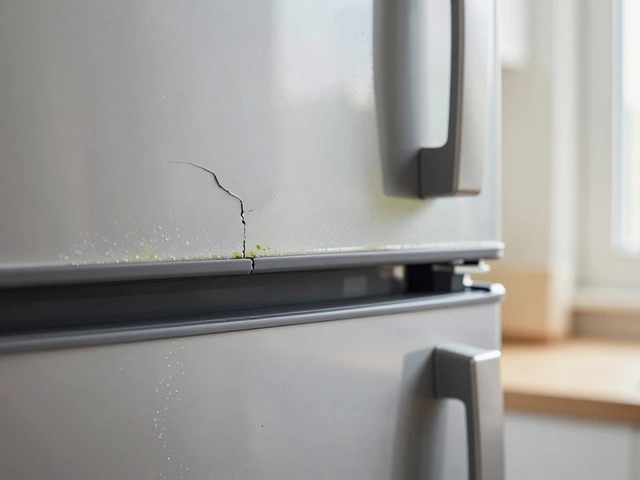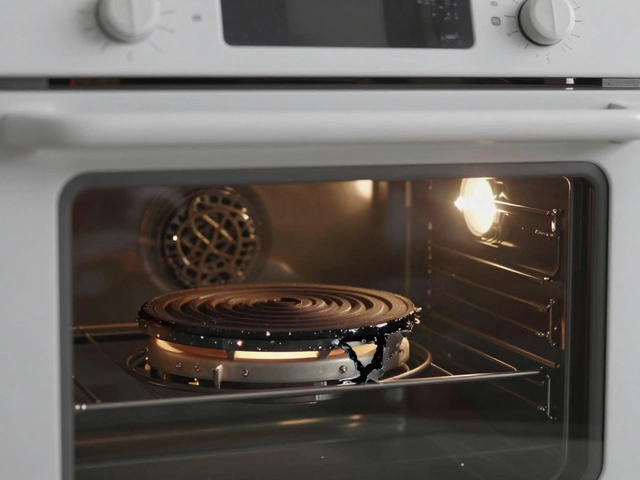Cost to Replace Microwave Magnetron – What You Need to Know
When figuring out the cost to replace microwave magnetron, you’re looking at the expense of swapping out the magnetron, the core heating component inside a microwave oven. Also known as microwave magnetron replacement cost, it directly affects how long your appliance stays functional. Understanding this cost helps you decide whether a repair makes sense or if a new unit is smarter.
The magnetron, a high‑frequency vacuum tube that generates the microwaves that cook food is the heart of any microwave. When it fails, heating stops, and you’re left with a silent box. Microwave oven, the household appliance that uses the magnetron to heat food owners often wonder if they should replace just the part or buy a new machine. The decision hinges on three main things: part price, labour fees, and the age of the appliance.
Factors That Drive the Replacement Cost
First, the magnetron price, retail cost for a new or refurbished unit varies from £30 to £120 depending on brand, power rating, and whether you buy OEM or aftermarket. Second, labour charges, the fee a technician takes to remove the old part and install the new one typically run between £50 and £90 per hour. A skilled professional can finish the job in under an hour, but some shops add a service call fee of £20‑£40.
Third, the overall age of your microwave, the appliance whose magnetron you’re replacing matters. If the unit is under five years and still under warranty, the replacement might be covered or discounted. Older models, especially those past ten years, often have higher labour costs because parts are harder to source. Finally, your location influences price; urban areas with higher living costs tend to charge more for both parts and service.
These variables create a clear semantic link: cost to replace microwave magnetron encompasses part cost, labour, and appliance age. Replacing a magnetron requires a qualified technician, and magnetron failure influences overall microwave performance. Knowing these connections helps you budget accurately.
If you’re handy, a DIY swap can shave off labour fees. You’ll need basic tools—screwdrivers, a multimeter, and safety gloves—and a clear step‑by‑step guide. However, the magnetron operates at high voltage, so mishandling can cause electric shock or further damage. Many homeowners opt for a certified appliance repair specialist, a professional who diagnoses and fixes microwave issues to avoid risk and guarantee warranty compliance.
When you compare DIY versus professional repair, consider the hidden costs. A DIY mistake might mean ordering a second magnetron or paying for a follow‑up service call, which can quickly exceed the original labour estimate. On the other hand, a reputable repair service often offers a warranty on the new part and workmanship, adding peace of mind.
To make the best choice, list your priorities: cost savings, speed, safety, or warranty protection. If you value speed and safety, a professional can typically complete the job within the same day. If you’re on a tight budget and comfortable with electrical work, buying a refurbished magnetron and installing it yourself could save £30‑£70. In either case, always verify that the magnetron’s wattage matches your microwave’s specifications to avoid under‑ or over‑heating.
Below you’ll find a curated set of articles that break down each of these topics in detail—pricing tables, DIY guides, technician selection tips, and warranty considerations—so you can decide the smartest way forward for your microwave.


